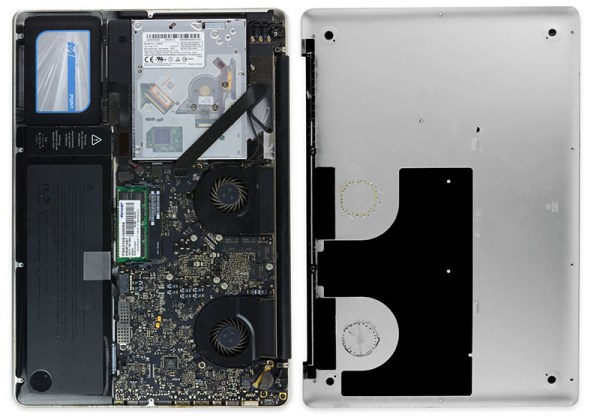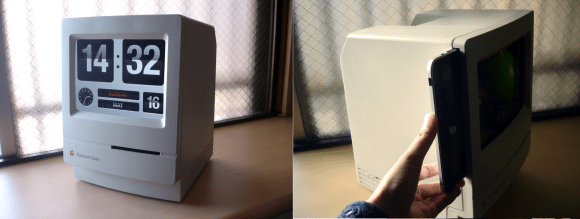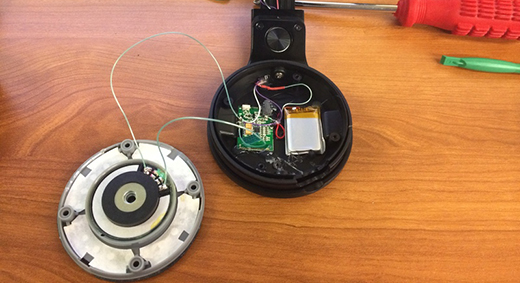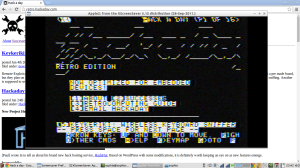It’s not often that you find a Macintosh dumped out on the side of the road. [GrandpaSquarepants] was one of the lucky individuals that did. Being the good friend that he is, he made his roomy carry the 50 lb behemoth back to their apartment. Not surprisingly, the machine didn’t boot up and ended up sitting around the apartment for a few years.
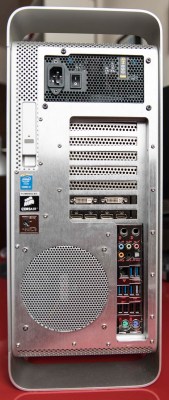 Fast forward from 2012 to present day and [G.S.] decided it was time to do something with that G5. That “something” wasn’t about fixing it. Instead, it was gutted to turn it into a Macintosh-cased Hackintosh. If you’re unfamiliar with Hackintosh, it’s a term used to describe a project that gets Mac OS to run on non-Apple hardware.
Fast forward from 2012 to present day and [G.S.] decided it was time to do something with that G5. That “something” wasn’t about fixing it. Instead, it was gutted to turn it into a Macintosh-cased Hackintosh. If you’re unfamiliar with Hackintosh, it’s a term used to describe a project that gets Mac OS to run on non-Apple hardware.
[G.S.] could have just crammed everything into the G5 case and called it a day but he decided to spend the time to make it look supremely presentable. The case was significantly modified to fit the non-Apple computer components, including the addition of a custom rear panel made from aluminum to mount the power supply, cooling fan and to allow access to the motherboard connectors. Take a close look; there are two CPU coolers in there. It was such a close fit that there is only 2.6mm (.1 inch) of clearance between the cooler and the case.
Two Dell U2415 monitors and an Apple wireless keyboard and mouse make up the rest of the setup. Overall, [G.S.] is happy with the final outcome of his project, well… except for the Apple mouse. He says that has got to go!
[via reddit]


